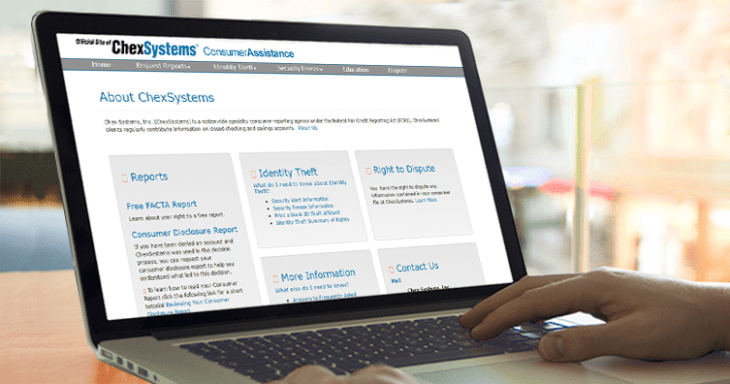If you went in a bank and tried to open an account or sign up for credit but got denied for some reason, it might be because of ChexSystems. If you are not familiar with this term, it is an automated system that tells banks to block your requests if you had some previous trouble concerning bank accounts and anything bank related.
The problem is, sometimes a really un-significant issue that you had in the past can prevent you from opening a bank account in a time when you need it the most. Many people are frustrated because of this automated process and the false judgments it sometimes makes. Let’s some more about ChexSystems, how it works and why it can sometimes do more harm than good.

Source: American Hope Resources
What is it and how it works
Banks and credit unions are constantly sharing information about their customers. ChexSystems collects the information and keeps track of customers who somehow misused a checking or a savings account. For example, if they failed to pay a fee or they bounced a check, ChexSystems will store this information.
Since banks are very busy nowadays and there’s just so many people trying to open bank accounts or get credit, about 80% of them turn to use automated decision-making services, such as ChexSystems or Early Warning Services. This helps the banks make decisions a lot faster, but it can sometimes cause unwanted issues with their clients.
The way ChexSystems decides if you are a trustworthy customer or not is by creating a report list with a score that ranges from 100 to 900. With 100 being the lowest, if you have this score you are most likely going to be rejected in every single bank that is using this system. The higher your score is, the better because higher scores will let banks know that you are a less risky customer. If you don’t like the way this system works, you can try looking up some banks that don’t use ChexSystems.

Source: Personal Financial Tips
What to do if you already have a bad score
So if you had some issues with banks in the past, and ChexSystems took a record of that and now you keep getting rejected in every bank you go, there are a few things that you can do. The system keeps track of your reports and saves them for up to five years, so waiting is definitely out of the question here. If something that happened years ago was really not your fault and it got resolved already, you can try explaining to the bank and showing proof that the problem was not on your side. However, this might not always work, especially if part of the problem was your fault, like missing a payment date or something of that nature.
If you can’t seem to get the hang out of banks that use this system, maybe your best bet is to switch to a bank that is still fully operated by human decision makers, instead of computer systems. Perhaps you will find a lot more understanding there.

Source: gdslink.com
